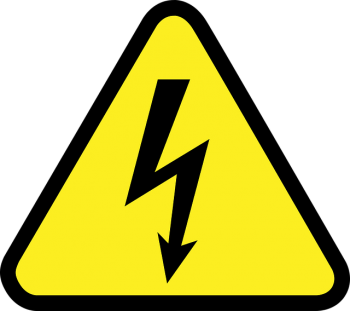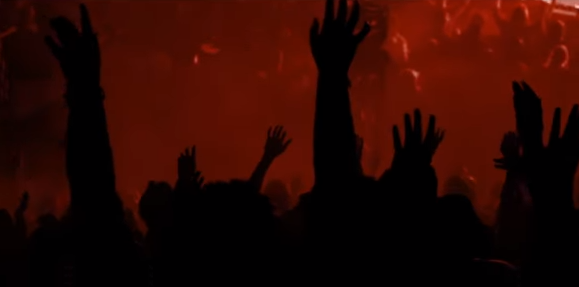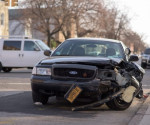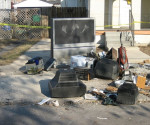How to Improve Safety and Security at a Concert: 5 Tips from Event Organizers
Whether you’re thinking of holding a small, intimate show at a local indoor venue or putting a large-scale music festival together, the safety of everyone on site should be a major priority. Recent events over just the last couple of years have proven that additional precautions are necessary to keep malicious parties out of events where large groups of people are present. Stay ahead of the threats with these tips from professional organizers:
Perform a comprehensive risk assessment
Arming yourself with as much available information as possible is the first step to securing your venue. You can do this by downloading sample risk assessment checklists online or enlisting the help of a security firm to help you with the task. Experts also recommend conducting an ocular inspection of the space, preferably with someone who manages the location. While doing this, keep a look out for all possible points of entry, including any non-official ones such as back doors for staff or any windows that can be opened from the outside. Fire alarms, extinguishers and suppression systems should all be in working order. If the concert will be held outdoors, boundaries should be established and the perimeters manned.

photo David Peña via pixabay
Enhance communications between on-site staff
Keeping all staff members on the same page can be a monumental challenge for large events. The situation can become more complicated when you hire a third-party security detail for the event. Encourage cooperation and coordination between all of the present teams: your concert staff, the security you’ve hired, as well as the venue’s security team. Equip everyone with two-way radios and encourage your people to report any suspicious activities to security as soon as possible.
Manage the crowd
To ensure the safety of the concert event, the number of attendees should never exceed the venue’s capacity limit. You can add another layer of safety by providing concertgoers with items such as ID badges or custom silicone wristbands that can help staff members easily identify ticketholders and audience members with special privileges. These can also help control access to certain areas.
Other crowd control measures include utilizing security staff to keep queues orderly, man any entry points to restricted areas, and keep the path towards the exits clear.
Call attention to the exits
Speaking of the exits, they should be clearly marked and visible to all. One of the biggest issues that can present during a crisis event is people not knowing where to go, or bottlenecking and clogging up the one exit they are aware of. If possible, remind concertgoers of where the various exits are, including emergency exits, before the show starts.
Ensure the visibility of security personnel
Sometimes, just the visible presence of security can deter malicious actors from executing their plans. Subjecting all concertgoers to mandatory bag checks, and strictly checking tickets before allowing entry can help a lot. Placing uniformed security personnel in key locations where they can be easily seen also lets audience members know who to report suspicious goings-on to if they happen to see any. You may also wish to consider placing security team members wearing street clothes in the crowd—they offer a unique perspective and can spot threats that perimeter security can miss from their posts.
Any event where large groups of people can gather is a risk in itself. However, by properly implementing the appropriate security measures, you can insure yourself against any threats that may present themselves. Thus, your audience members will be able to enjoy the performances in peace. Don’t skimp on security, and maintain constant vigilance!
Author: Maria Santana Reyes

screenshot live performance of “My Victory”














